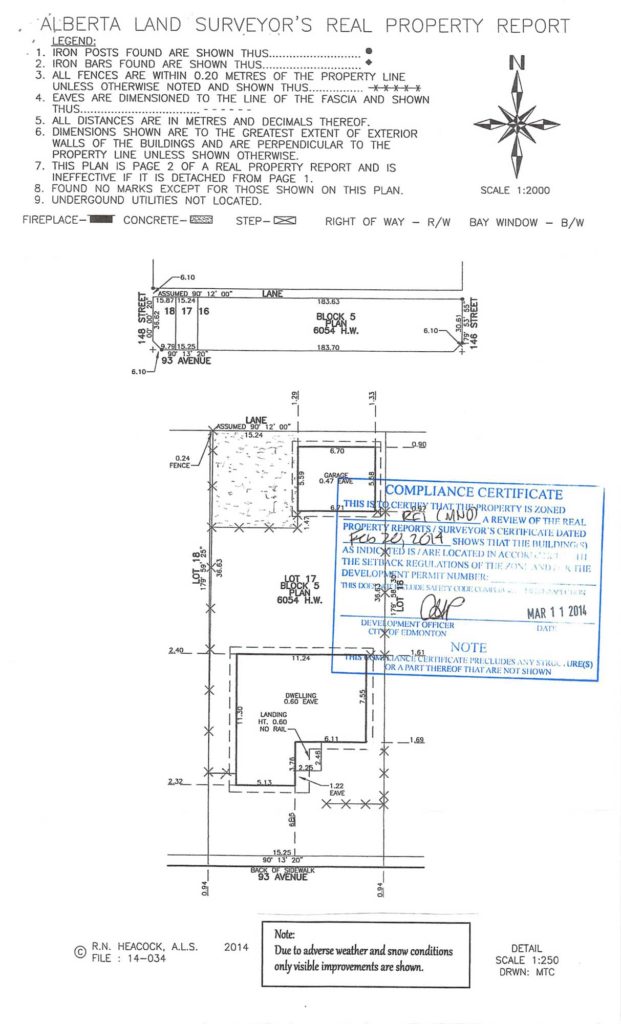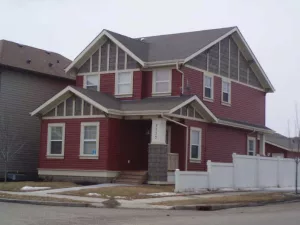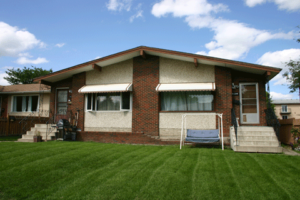What is a Real Property Report (RPR)?
A real property report is a survey of a parcel of land with additional information about the structures on the property. RPRs are birds-eye drawings of all of the improvements on a piece of land, including buildings, fences, steps, porches and retaining walls. The drawing shows the measurements of all of these improvements as well as the dimensions of the lot itself. Once a municipality reviews it, it also identifies any issues with the structures on the property. RPRs are done by engineering firms who are part of an association of land surveyors. RPRs are needed for detached homes, duplexes and bare land condos.
Real Estate Agent Explains Real Property Reports
I like to call an RPR a “survey plus” because it’s more than just a drawing – it’s also an explanation of the of the structures on the land and the implications they might have for the homeowner. It has information about whether the buildings and structures comply with municipal regulations. Things that are drawn on a real property report are: houses, sheds, garages, fencing, driveways, steps, decks, gazebos, rights-of-way, easements, encroachments – all with dimensions. These are all shown in relation to lot lines, roadways, alleyways, adjacent properties and a direction (north arrow). An RPR either has compliance or is non-compliant. If the real property report is not compliant, then there should be a letter accompanying the RPR saying what doesn’t comply with the municipal/county regulations.

Here is an example of an Edmonton real property report with a compliance stamp from the City of Edmonton:

Why Does It Matter?
Knowing what has been built on a plot of land is very important when you are purchasing property – you want to know if everything has been built according to local rules and regulations. A real property report is what shows a buyer (and their lawyer) that there are no issues regarding improvements on a property. It shows that fences are located in the correct place and not encroaching on an adjacent property, that additions are not too large for the lot, that garages have permits, and so on. Without a real property report, you wouldn’t know if what you were buying was in the right place. Real estate is all about location, and that extends all the way down to the exact location of your house on your lot. The purchase contact used by real estate agents in Alberta requires an RPR with compliance to be given with the closing documents when a property is sold. RPRs are also sometimes required by mortgage lenders, construction contractors and landscape architects.

